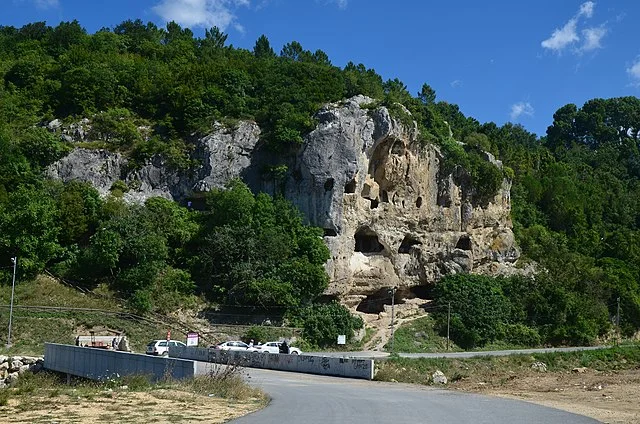The İnceğiz Cave Monastery is a significant historical site located in the Black Sea region of Turkey. It sits near the village of İnceğiz in the Amasya Province. This monastery features a complex of caves that served as a religious sanctuary for early Christian monks. Dating back to the 4th century AD, the monastery exemplifies early Christian monastic architecture.
Get your dose of History via Email
Historical Background
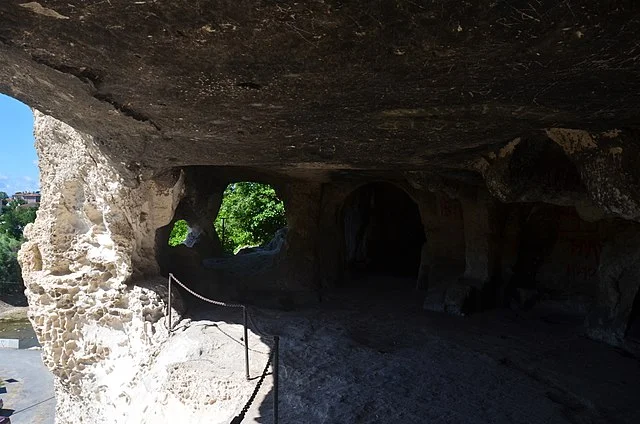
The İnceğiz Cave Monastery dates back to a time when Christianity began to spread across the Roman Empire. Monks sought solitude in caves to practice asceticism and prayer. The monastery reflects this tradition, providing a secluded environment for spiritual activities.
Archaeological evidence suggests that the site was used from the 4th century AD until the 13th century AD. During this time, it served as a vital center for monastic life in the region. The monastery contributed to the spread of Christianity in Anatolia.
Architectural Features
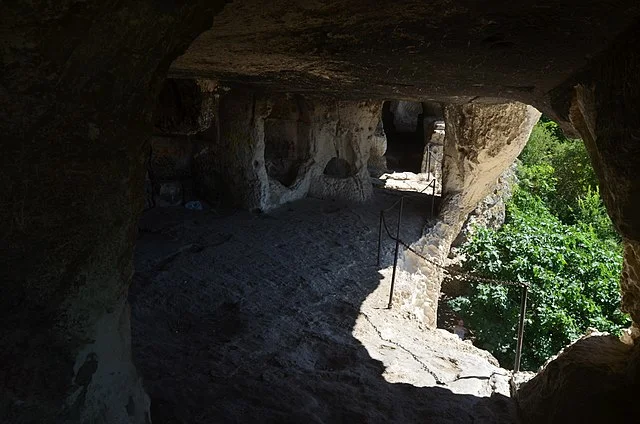
The İnceğiz Cave Monastery consists of several interconnected caves. These caves include living quarters, chapels, and communal spaces. The architecture reflects the functional needs of its monastic community.
The walls of the caves contain numerous frescoes. These frescoes depict biblical scenes and saints. They showcase the artistic style of the Byzantine period, highlighting the monastery’s religious significance. The cave structure offers natural insulation, making it suitable for habitation in various seasons.
Significance of the Monastery
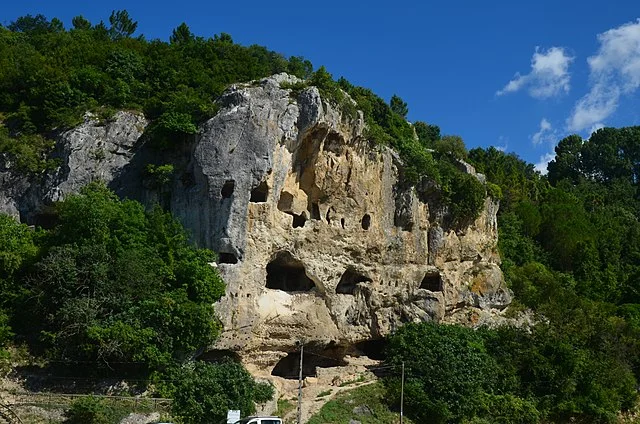
The İnceğiz Cave Monastery is vital for understanding early Christian monasticism. It illustrates how monks adapted to their environment while maintaining their spiritual practices. The site also serves as a record of Byzantine art and architecture in Anatolia.
Furthermore, the monastery has historical significance in the context of regional Christianity. It represents a link between the early church and the development of monastic traditions in Turkey.
Preservation Efforts
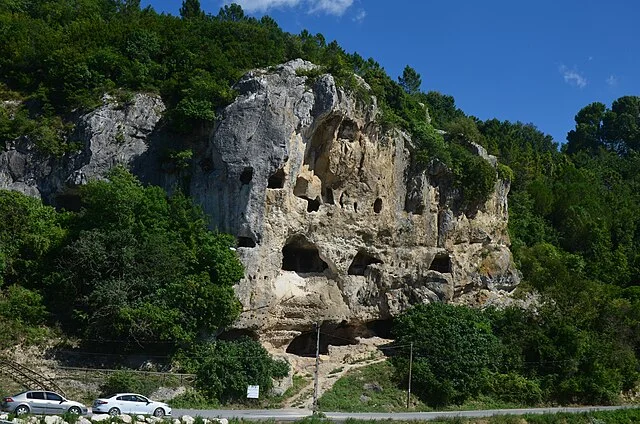
Today, the İnceğiz Cave Monastery faces challenges due to environmental factors and human activities. Preservation efforts aim to protect the site from degradation. Local authorities and archaeologists collaborate to maintain its historical integrity.
Visitors can access the monastery to explore its unique architecture and rich history. This accessibility helps raise awareness about its significance and the importance of preserving cultural heritage.
Conclusion
In summary, the İnceğiz Cave Monastery stands as a testament to early Christian monastic life in Turkey. Its historical, architectural, and artistic significance makes it an essential site for study. Ongoing preservation efforts will ensure that future generations can appreciate this unique monument of faith and culture.
Source:

